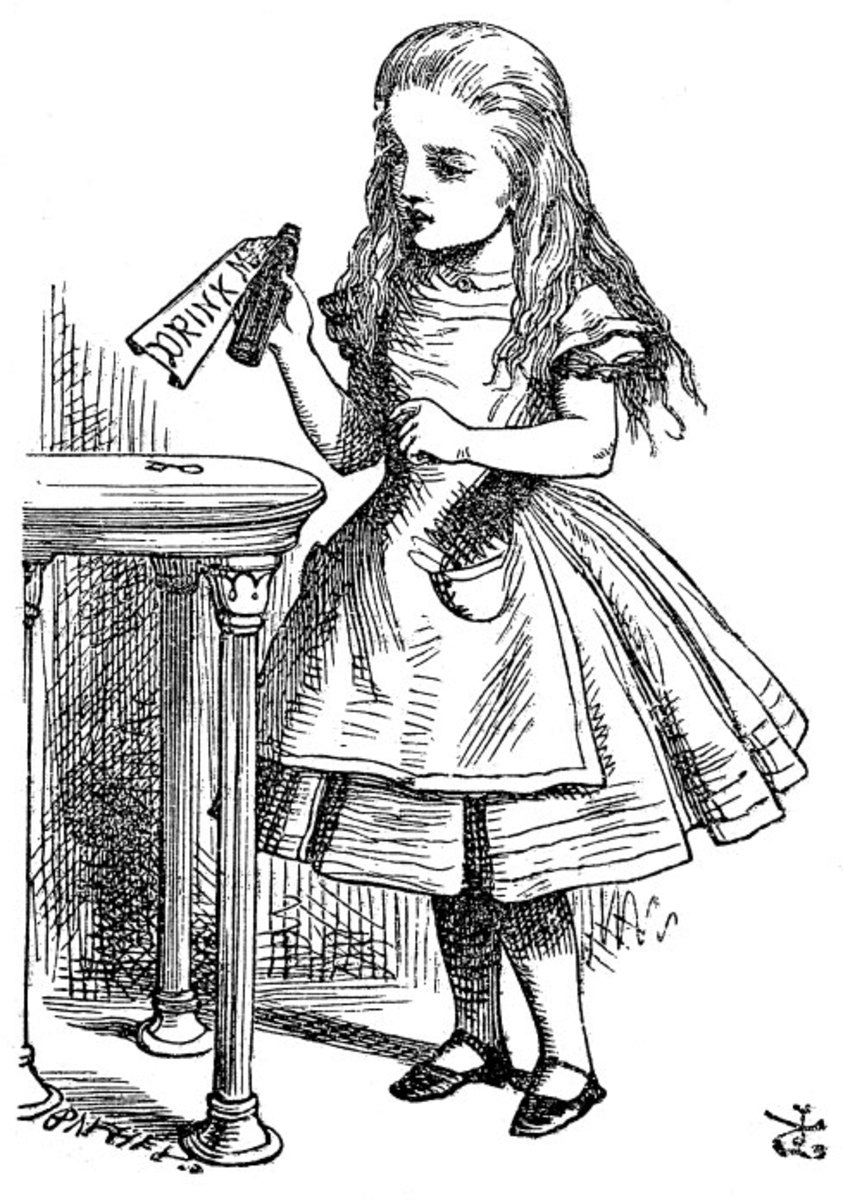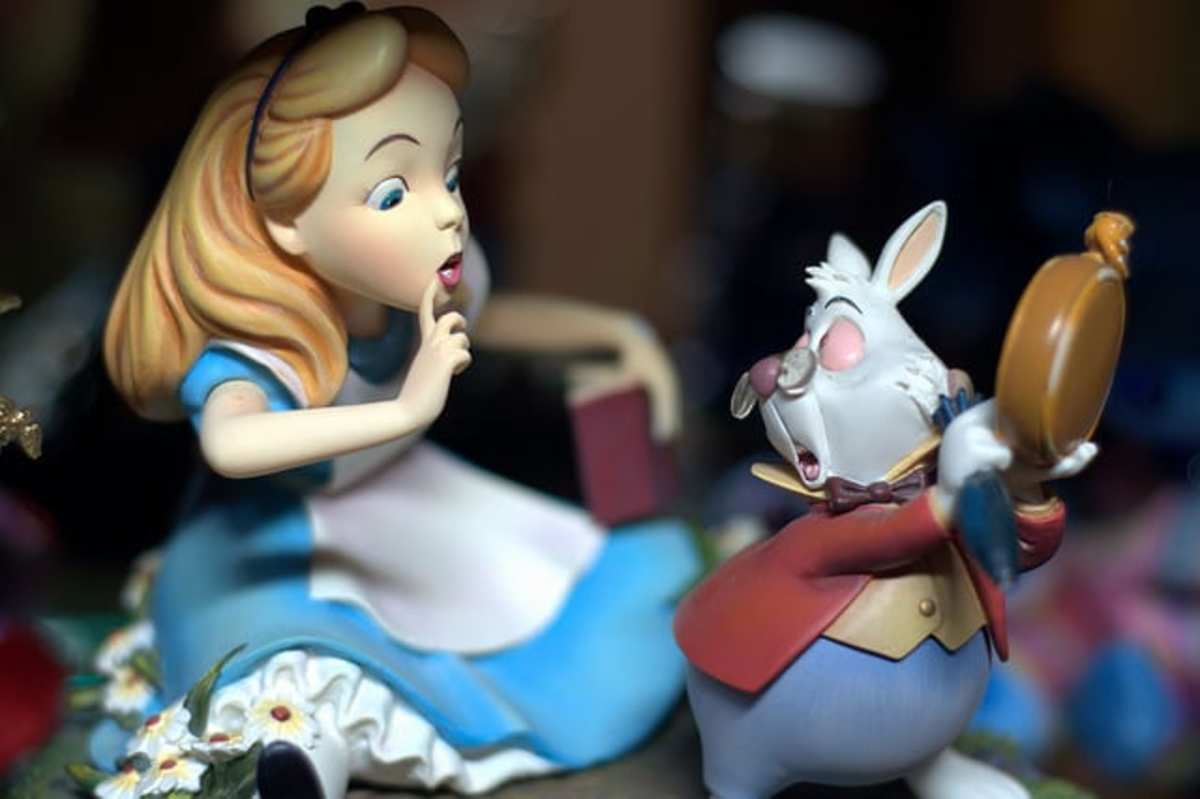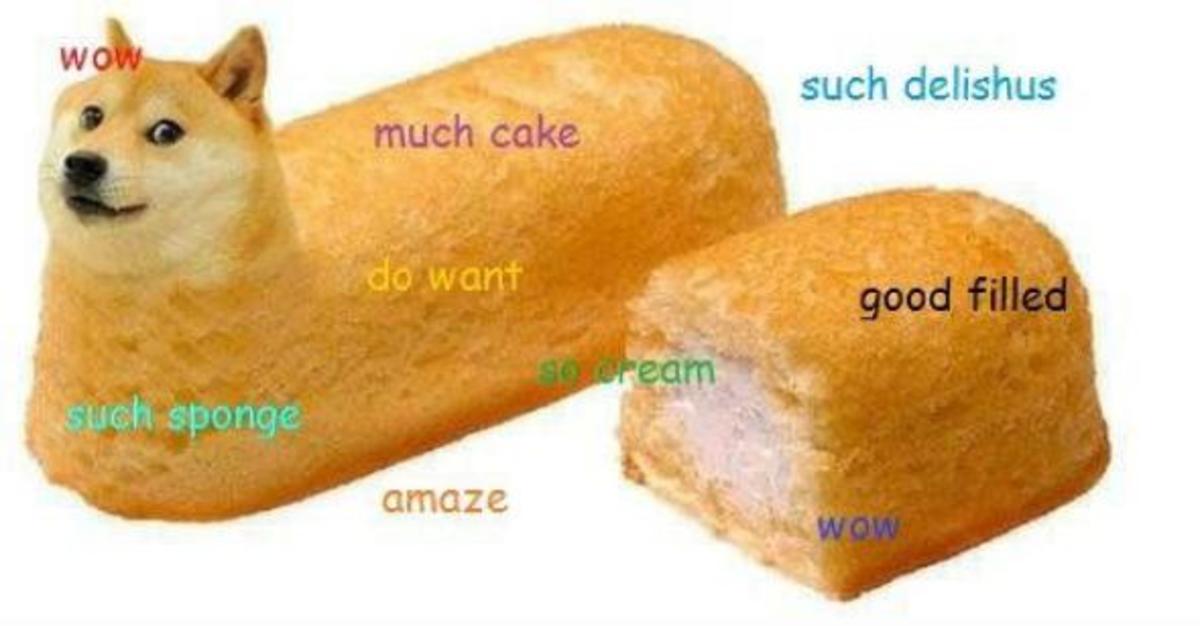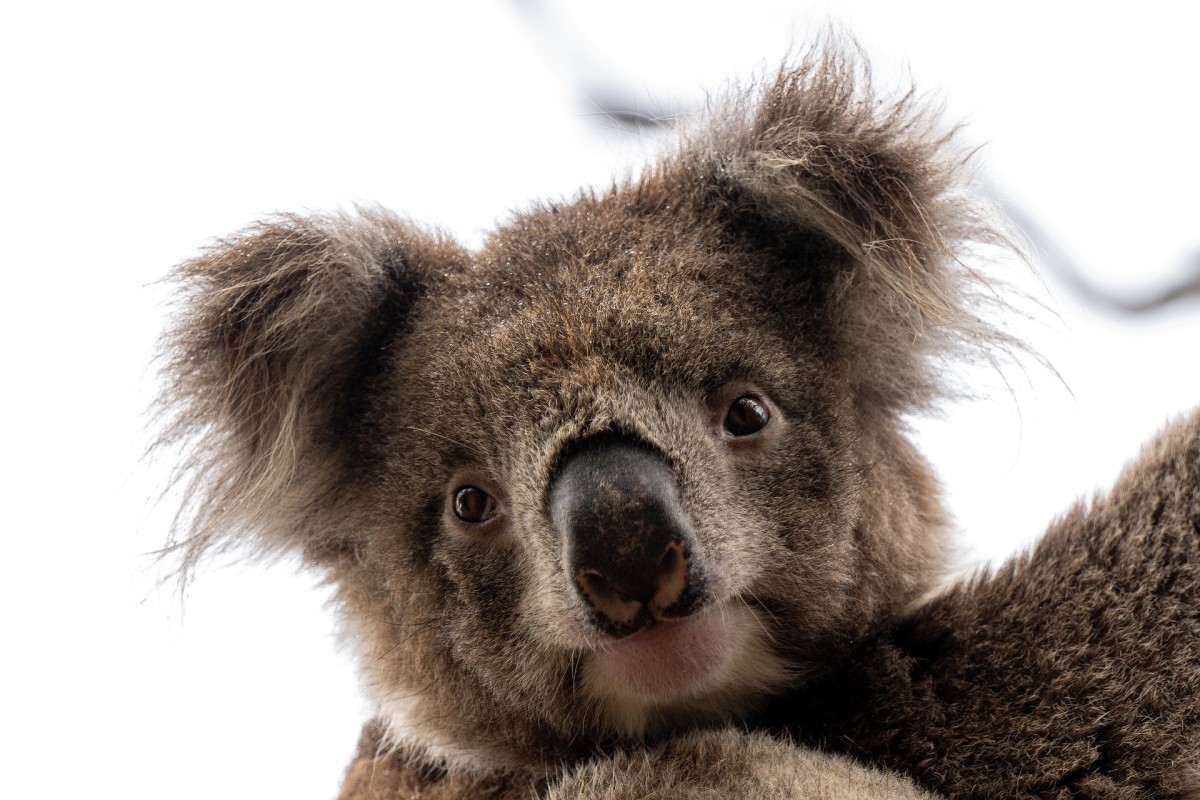Grinning Like a Cheshire Cat
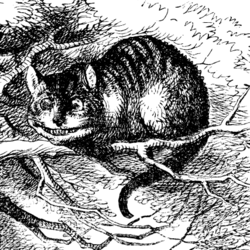
"But I don't want to go among mad people," said Alice. "Oh, you can't help that," said the cat. "We're all mad here."
We all know the Cheshire Cat from Alice in Wonderland. He asked young Alice philosophical questions and sat in a tree gradually disappearing, until all that was left was his wide toothy grin. Most of us assume the idiom was inspired by that character. However, it’s the other way around. The expression “grinning like a Cheshire cat” was in use long before Lewis Carroll (aka Charles Dodgson) wrote the book in 1865. In fact, in 1788, a “dictionary of the vulgar tongue” contains the following definition: "CHESHIRE CAT. He grins like a Cheshire cat; said of any one who shows his teeth and gums in laughing."
It’s a strange expression, as cats in general have never been known for levity. In fact, there is another idiom, “It’s enough to make a cat laugh,” which is used to describe something utterly ridiculous and unbelievable. Yet Cheshire cats clearly enjoyed a reputation for having a cheery expression. Why? Scholars and non-scholars alike have puzzled over this. Numerous explanations have been put forward to explain the idiom. I draw my own conclusions. Perhaps you will disagree?
What is, or Was, a Cheshire Cat?
1. A Cheshire Cat Was Just a Really Happy Cat!
The county of Cheshire was for centuries Britain’s biggest center of dairy farming. Wouldn’t this be cat-Paradise? With oodles of milk and cream splashing its way onto its dish, what cat couldn’t raise a smile?
In addition, Cheshire exported a lot of cheese, and the warehouses and ships storing this were swarming with mice and rats. The cats of Cheshire, having already got the cream, were employed to catch the rodents and were therefore doubly-blessed in the dietary protein department.
Having been born in Cheshire himself, and lived there until the age of eleven, Carroll would have known just how happy and blessed the cats of the county were.
My Conclusions
The idea that the cats got the cream may or may not be correct. Even if they did, they would have a notional rather than actual grin. This explanation has a little logic, but I'm not convinced.
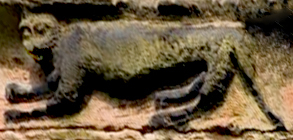
2. It's a Medieval Church Carving
Scholars shook their grey heads at the dairy theory. That was nowhere near obscure and erudite enough to pass muster. Diligently, they searched for an explanation of greater depth and obscurity. Applying their erudite minds to the enigma, they finally noted that many old churches in the county contained wooden carvings depicting a creature with an almost demonic grin. No one knows quite what they are - some say they are meant to be monkeys, but were created by sculptors who had never actually seen one. With a bit of determined effort, you can see them as cats. These were, the scholars announced triumphantly, the grinning “Cheshire cats” of legend.
The carving shown comes from St Wilfred’s church in Grappenhall, Cheshire, which is very close to Daresbury, where Carroll was born. He almost certainly would have had the opportunity to see this carving. It’s feasible, if unlikely, that seeing this odd creature would have inspired him to create the Cheshire cat in later life, but could such carvings in general have inspired the idiom in the first place?
My Conclusions
The scholars had simply compounded the mystery. Since no one actually knows what creature those carvings represent, it seems unlikely that these were referred to by the general public as “Cheshire cats”. Bits of medieval churches don’t tend to seep into colloquial idiom very often. In fact, I suspect such carvings may be found in churches in many places other than Cheshire.
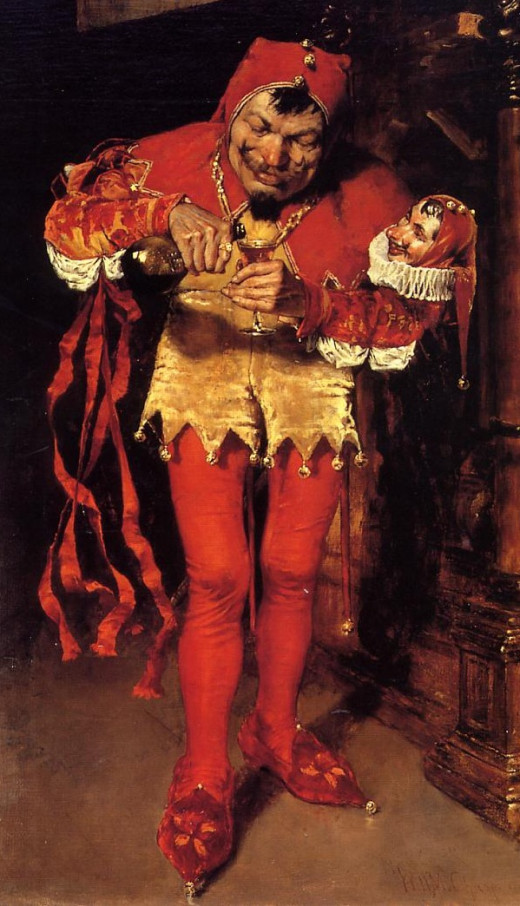
3. It was a Court Jester
The story goes that there was a Court Jester who came from Cheshire, by the name of Cat Kaitlin. He was a cheerful sort, always smiling, always joking. That was his job, in fact. “Grinning like a Cheshire Cat” was a tribute to him.
My Conclusions
It's not clear where this story arose and there’s no evidence that this man even existed. In any case, surely the saying would have been “grinning like Cat Kaitlin”, without referring to his geographical origins.
4. It Was the Name of a Pub
Another suggestion is that it came from the name of an inn that Lewis Caroll was known to have visited more than once. This inn was actually called “The Cheshire Cat” and had a sign showing a grinning feline. It’s possible, sitting outside with his glass of beer on a balmy summer day, gazing up at the smiley cat sign, he was inspired to put a similar character in a children’s book he was writing.
My Conclusions
The inn sign could possibly have inspired Lewis Caroll to create the character - but the idiom existed before that particular inn and its sign. It’s possible, however, that there could have been earlier inns with the same name which inspired the idiom. But if so, what inspired the pub name in the first place?
5. It was a Molded Cheese
A popular novelty cheese product was sold in Cheshire at that time in which the cheese was molded in the shape of a grinning cat. The packaging opened from the rear, so you ate the cat’s rear end first and its grin last. This correlates with Carroll’s fictional cat, which disappeared from its tail up, leaving only its grin behind.
My conclusions
It’s just possible that at some point in his childhood, Carroll came across one of these molded cheeses and noted the cat’s gradual disappearance as the family consumed it tail first. Perhaps the grin, the last, dry bit of cheese, got left behind and sat eerily on the kitchen table. However, this is pure speculation. There is no actual evidence that he ever partook of this cheese product, and we are still left with the question of why these edible cats were molded with a cheesy grin in the first place. The explanation some people offer is that the county of Cheshire once had royal privileges, which meant it was not required to pay tax, and this was enough to make a cat laugh.

6. It Was a Badly-Drawn Heraldic Lion
Very few people had seen African animals in those days, so depictions of them were often a little off-beam. The story goes that a sign-painter was hired to paint a sign depicting the family crest of a wealthy member of the nobility, and he made a hash of the heraldic lion that formed part of it. Nonetheless, the finished sign was accepted and placed on lots of inns and other buildings across the county which were owned by the aristocratic family. The creature on the sign looked more like a stringy alleycat than the king of the jungle, and was often referred to as a cat, and so inspired the phrase.
My Conclusions
It's true that some heraldic lions looked more like a cat trying to climb the curtains than the noble beast. We don't have any record of the alleged original badly-drawn sign, unfortunately, but the picture shows a modern heraldic lion on a pub sign. Even now this is obviously based on the versions of lions seen on coats-of-arms rather than on the kind you might bump into on the Serengeti Plains.
A (Russian) Cheshire Cat
7. It's a Breed of Cat
There is a breed of cat originally known as the Dorset blue. This breed has a face with an upturned mouth that appears to be constantly smiling. Of course, the cat is not really smiling at all; it might be downright miserable, but it certainly looks amused. During the first part of the 18th Century, someone brought some of these cats from Dorset in the South West of England up to Cheshire in the North West, where they really thrived. In fact, they became so common in that county that they were referred to as Cheshire blue cats, or simply Cheshire cats.
They do appear to smile, but they are not blue - not in color, anyway. They may be feeling blue, possibly because everyone assumes they’re happy when they’re not.

My Conclusions
This last explanation is rational and straightforward - and who needs that? We all like to discover something mysterious. However, I have to admit that this could be the most likely origin of the phrase "grinning like a Cheshire cat". These cats do look as if they are smiling, as you can see from the video. (it's a Russian video, but these grinning cats get everywhere.)
However, I have my own opinion about the Cheshire Cat in Alice in Wonderland, which speaks in riddles and forces children to think about what's real and what isn't. It's the only character who listens to young Alice and tries to help her learn the rules of this mad world she's fallen into. This mysterious creature is almost certainly a mouthpiece for a certain Charles Dodgson, aka Lewis Carroll, the author of the book. He's the real Cheshire cat.



